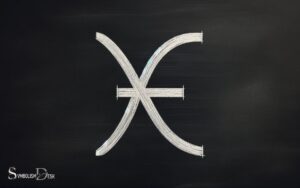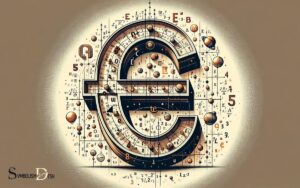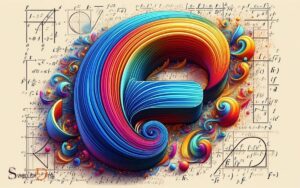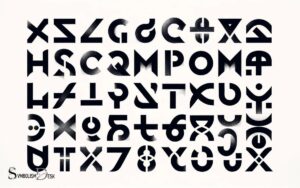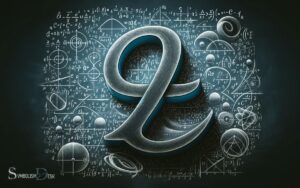Types of Numbers in Math and Their Symbols: Explain!
Mathematics encompasses a diverse array of numbers, each with unique properties and symbols.
Here are some of the common types of numbers used in mathematics:
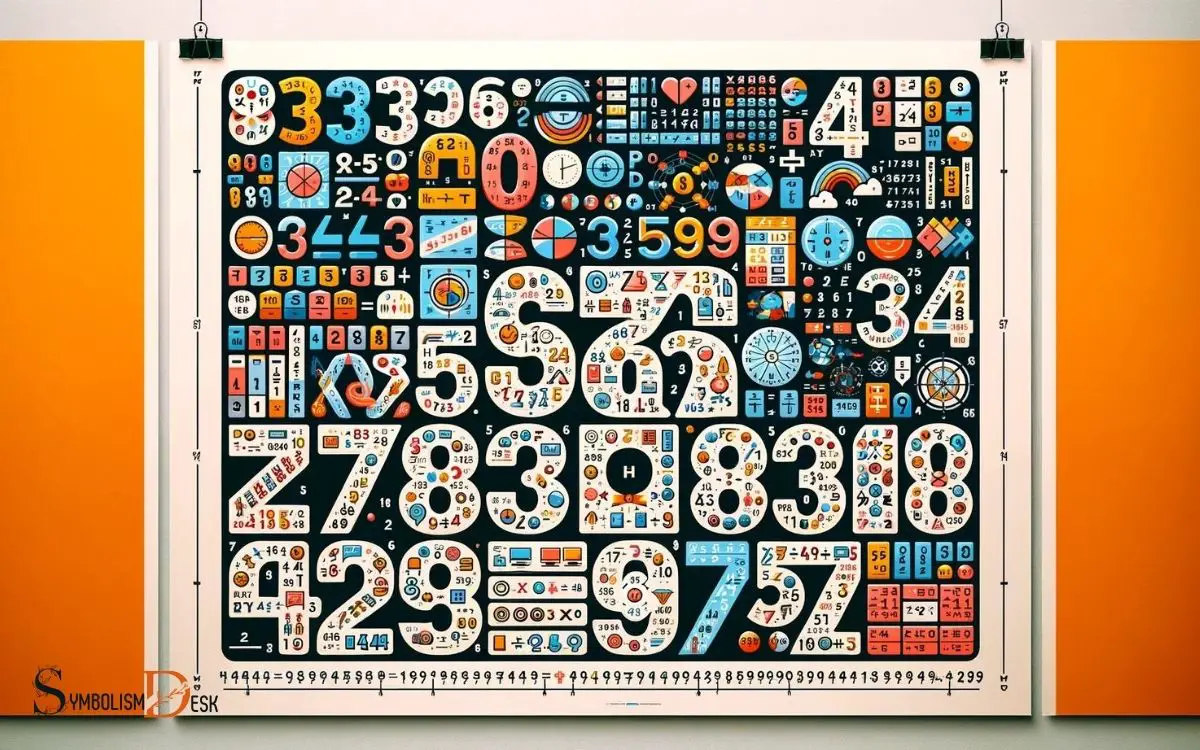
Key Takeaway
Natural Numbers and Their Symbols
The natural numbers, represented by the symbol N, are the set of positive integers starting from 1 and continuing indefinitely.
In mathematical terms, this set can be expressed as N = {1, 2, 3, 4, …}. Natural numbers are fundamental in mathematics, serving as the building blocks for other types of numbers.
They are used for counting, ordering, and defining the size of finite sets. The symbol N is derived from the German word “natürliche,” meaning natural.
Natural numbers are often introduced to children as the first type of numbers they encounter in their mathematical education.
Understanding natural numbers forms the basis for comprehending more complex number systems, such as whole numbers, integers, rational numbers, and real numbers.
Whole Numbers and Their Representations
Whole numbers’ representation in mathematics is essential for understanding their role in numerical systems and arithmetic operations.
They are commonly represented in the following ways: –
- Decimal form: Whole numbers can be expressed in the decimal system, where each place value represents a power of 10. –
- Fraction form: Whole numbers can be represented as fractions by placing the number over 1 (e.g., 7 can be written as 7/1). –
- Word form: Whole numbers can be written out in words, such as “five” for the number 5. –
- Expanded form: This form breaks down a whole number into the sum of its individual place values (e.g., 356 can be expressed as 300 + 50 + 6). –
- Numerals: Whole numbers are commonly represented using numerals, which are symbols like 0, 1, 2, 3, and so on.
Integers and Their Notation
Representing numbers on a number line, integers encompass whole numbers and their additive inverses. Integers include positive whole numbers, negative whole numbers, and zero, denoted as {…, -3, -2, -1, 0, 1, 2, 3, …}.
The symbol “Z” represents the set of all integers, originating from the German word “Zahlen,” meaning numbers.
Integers are essential in various mathematical operations, such as subtraction, addition, multiplication, and division.
In notation, the positive integers are sometimes indicated with a plus sign (+) but are generally written without a sign. Negative integers are denoted with a minus sign (-). Understanding the properties and operations of integers is fundamental in mathematics and its applications.
Rational Numbers and Their Symbols
Rational numbers, comprising fractions and decimals, play a fundamental role in mathematical computations and are denoted by the symbol ‘Q’. They can be expressed as the ratio of two integers and can either be terminating or repeating decimals.
Here are five key points about rational numbers:
- Rational numbers can be represented as a fraction a/b, where a and b are integers and b is not equal to 0.
- Every integer is a rational number, as it can be expressed as a fraction with the denominator equal to 1.
- Rational numbers include both positive and negative fractions, such as -3/4 or 5/2.
- The decimal form of a rational number either terminates (e.g., 0.75) or repeats (e.g., 0.333…).
- Rational numbers can be ordered and operated upon using addition, subtraction, multiplication, and division.
Irrational Numbers and Their Expressions
How are irrational numbers distinguished from rational numbers in mathematical computations and what symbols are used to represent them? Irrational numbers cannot be expressed as a fraction of two integers and have non-repeating and non-terminating decimal expansions.
They are distinguished by their inability to be written in the form a/b, where a and b are integers and b is not equal to 0.
Common examples of irrational numbers include the square root of non-perfect squares, such as √2 and √3, and transcendental numbers such as π and e.
In mathematical notation, irrational numbers are often represented using symbols like √ for square roots and Greek letters like π for pi.
Understanding irrational numbers and their symbols is essential in various mathematical and scientific applications.
Conclusion
Understanding the different types of numbers in math and their symbols is essential for building a strong foundation in mathematics. These types include natural numbers, whole numbers, integers, rational numbers, and irrational numbers, each with unique properties and applications. The symbols of numbers in maths, such as ℕ for natural numbers and ℤ for integers, are used to represent these categories clearly and concisely. Familiarity with these classifications and their respective symbols helps in solving equations, analyzing data, and exploring advanced mathematical concepts.
One anticipated objection to this might be that memorizing all the symbols and notations can be overwhelming.
However, by understanding the concepts behind each type of number and their representations, students can develop a deeper understanding of mathematical principles, leading to greater success in their studies.

